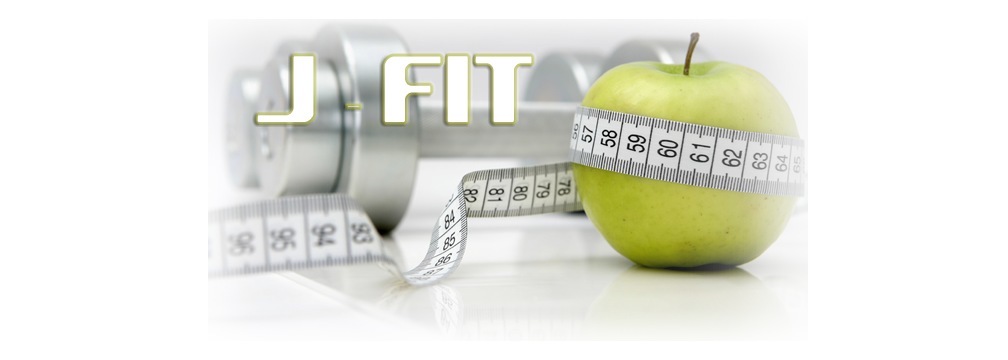You look at your child’s plate and your frustration mounts: their plate is nearly full and the nightly veggies vs. dessert showdown is about to begin. What’s a parent to do? If you struggle with this on a regular basis, you’re not alone. Rather than turning dinner into a nightmare, here are some tips on exploring fruits and veggies with your children.
Let your kids be kids. You know your child better than anyone, so follow your intuition. As Harry S, Truman wisely said, “I have found the best way to give advice to your children is to find out what they want and then advise them to do it.”
Let your children choose the fruits and vegetables at the grocery store. Give them carte blanche to choose what appeals to them. Once at home, invite them to help prepare their selection. Fun additions like fruit or veggie cutters with designs can help increase engagement.
Plant a container garden with your children. Letting the kids choose produce to grow, and working in the garden with them, may make them excited to eat the fruits (and vegetables) of their labor. If nothing else, it’s an active, budget-friendly family activity.
Who doesn’t love pizza? Making pizza from scratch is a healthy alternative and a fun way to cook with the family. Put out the toppings, including some veggies, and let the kids load up their personal pizza pie. To get your serving of veggies, make the pizza sauce from scratch and puree the vegetables in the sauce. The kids won’t be the only ones who can’t tell the difference.
Read books that feature beloved vegetable-eating characters. What child wouldn’t like carrots after knowing that Bugs Bunny and Peter Cottontail love them? Maybe Rapunzel can tempt your little one into eating some greens.
Fruit smoothies are a favorite. Let your child choose their favorite fruits then add a banana, low fat milk or yogurt and ice, and blend away. To make it a little extra special, use large glasses and wacky straws.
Don’t get frustrated if your child doesn’t like certain foods. Encourage your child to try small amounts of new things and compliment them for trying. They don’t have to like everything but they should at least try a small amount.
Have reasonable expectations. Remember that child-size servings are much smaller than adult servings. Although an adult may eat a cup of peas, a child may only have enough room for a tablespoon.
You are the best possible role model for your children, so strive for your personal best. “We are apt to forget that children watch examples better than they listen to preaching.” - Roy L. Smith





